7 Weather Myths Debunked: What You Need to Know
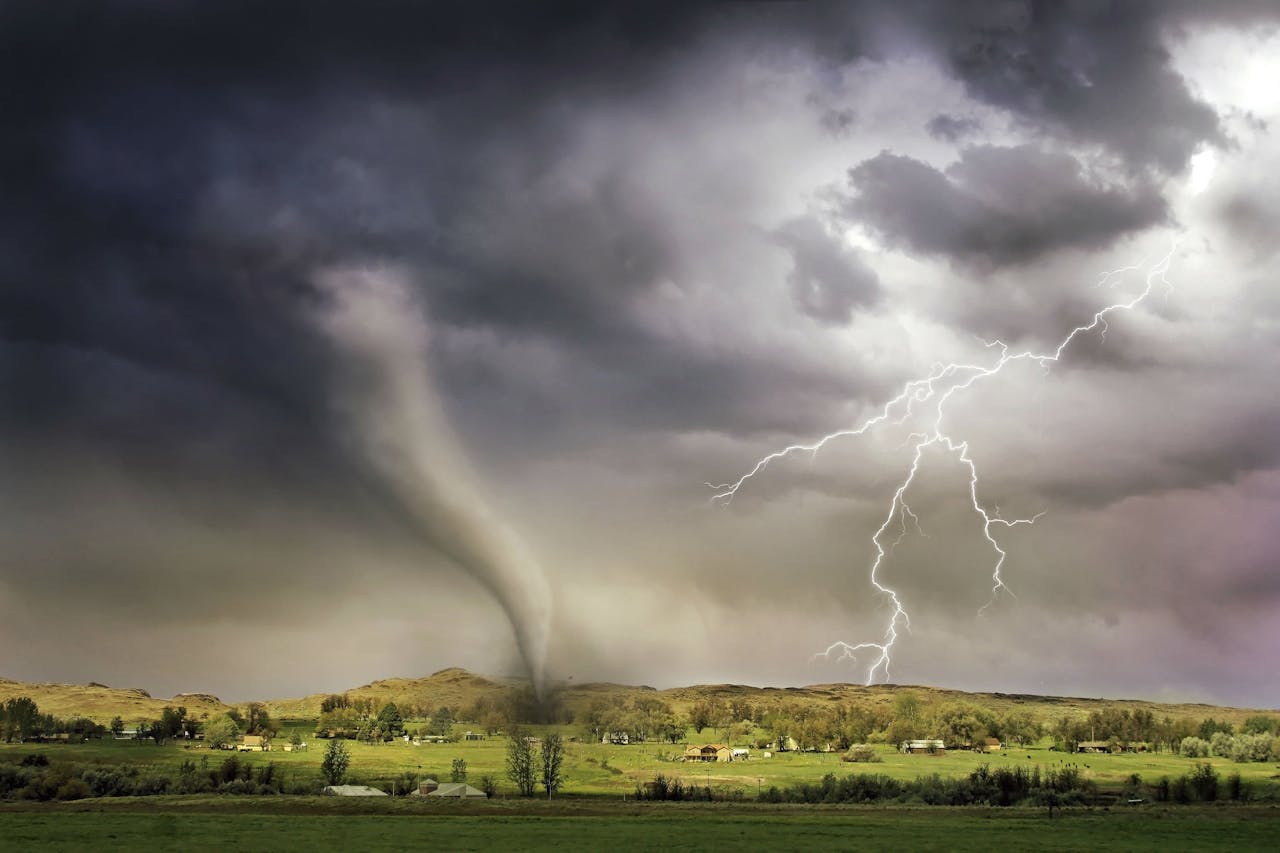
Weather impacts our lives daily, shaping our clothing choices, travel plans, and even our moods. From deciding whether to pack an umbrella to planning a weekend getaway, we constantly navigate the elements. However, with a plethora of old sayings and folklore about weather passed down through generations, it can be challenging to distinguish fact from fiction. Let’s dive into some of the most prevalent weather myths that have persisted over time. From misconceptions about rain and sunshine to the myths surrounding temperature and storms, it’s time to separate the truth from the tales. Join me as we explore these myths and set the record straight, empowering ourselves with accurate knowledge to make informed decisions based on real weather science!
1. Myth: Lightning Never Strikes the Same Place Twice
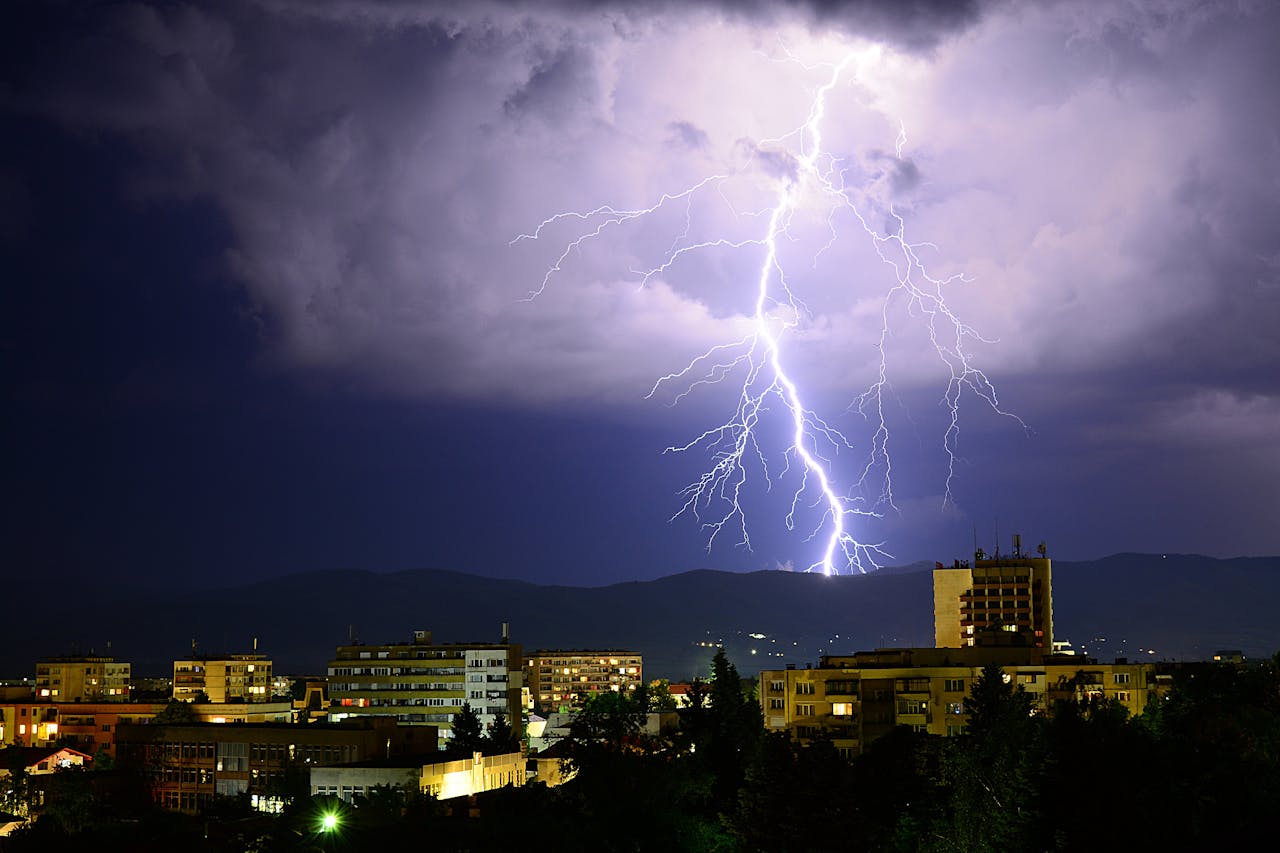
Debunked: The idea that lightning never strikes the same spot twice is one of the most persistent weather myths. While it might seem plausible—especially given how unpredictable lightning can be—the reality is quite the opposite. Tall structures, like skyscrapers and trees, are often struck multiple times by lightning during a single storm. The Empire State Building in New York City, for example, is hit by lightning around 20-25 times each year! This happens because lightning naturally seeks out the tallest object in its path, regardless of whether it has struck there before.
Takeaway: Avoid standing near tall objects or in open fields during a thunderstorm, as these are prime targets for lightning—whether they’ve been struck before or not.
2. Myth: Cold Weather Causes the Common Cold
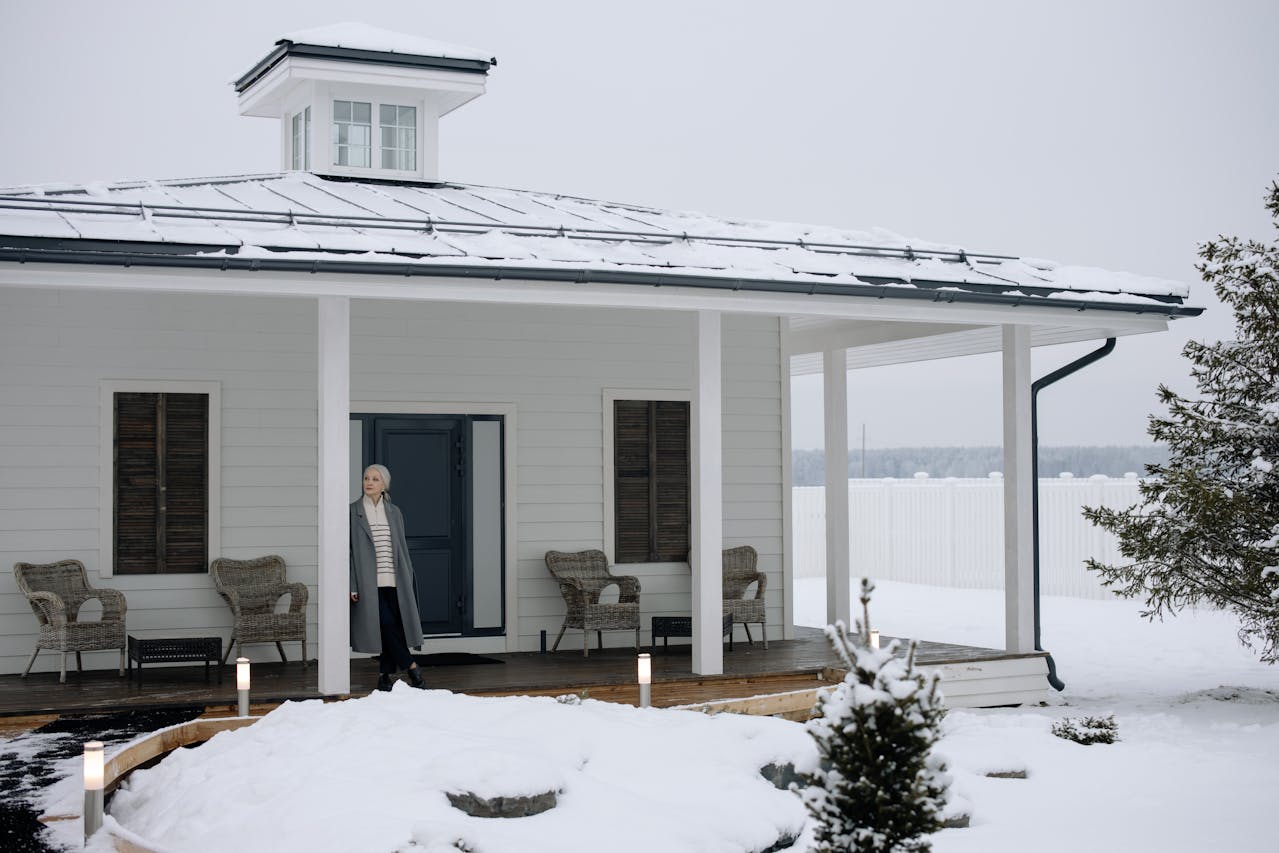
Debunked: “Bundle up, or you’ll catch a cold!” How many times have we heard that growing up? While cold weather and the common cold do tend to coincide, one doesn’t cause the other. Colds are caused by viruses, specifically rhinoviruses, and not by cold temperatures. The reason we get more colds in the winter has more to do with our behavior: we spend more time indoors, in close quarters with other people, which increases the likelihood of virus transmission. Additionally, dry winter air can dry out our nasal passages, making it easier for viruses to enter the body.
Takeaway: You’re not more likely to catch a cold simply because you’re cold. Wash your hands regularly and avoid close contact with sick people to minimize your chances of getting sick.
3. Myth: Heat Lightning is Different from Regular Lightning

Debunked: Have you ever seen flashes of lightning on a warm summer night but heard no accompanying thunder? This phenomenon is often referred to as “heat lightning,” and it’s commonly believed to be a special type of lightning produced solely by the heat of summer. In reality, there is no such thing as heat lightning. What you’re witnessing is just regular lightning from a storm that’s too far away for you to hear the thunder. Since sound travels slower than light, distant thunder can be inaudible even if you can still see the flashes of lightning.
Takeaway: Lightning is always the result of thunderstorms, regardless of whether you can hear the thunder or not. If you see lightning, a storm is brewing—just farther away than it seems.
4. Myth: Tornadoes Can’t Cross Rivers, Hills, or Mountains
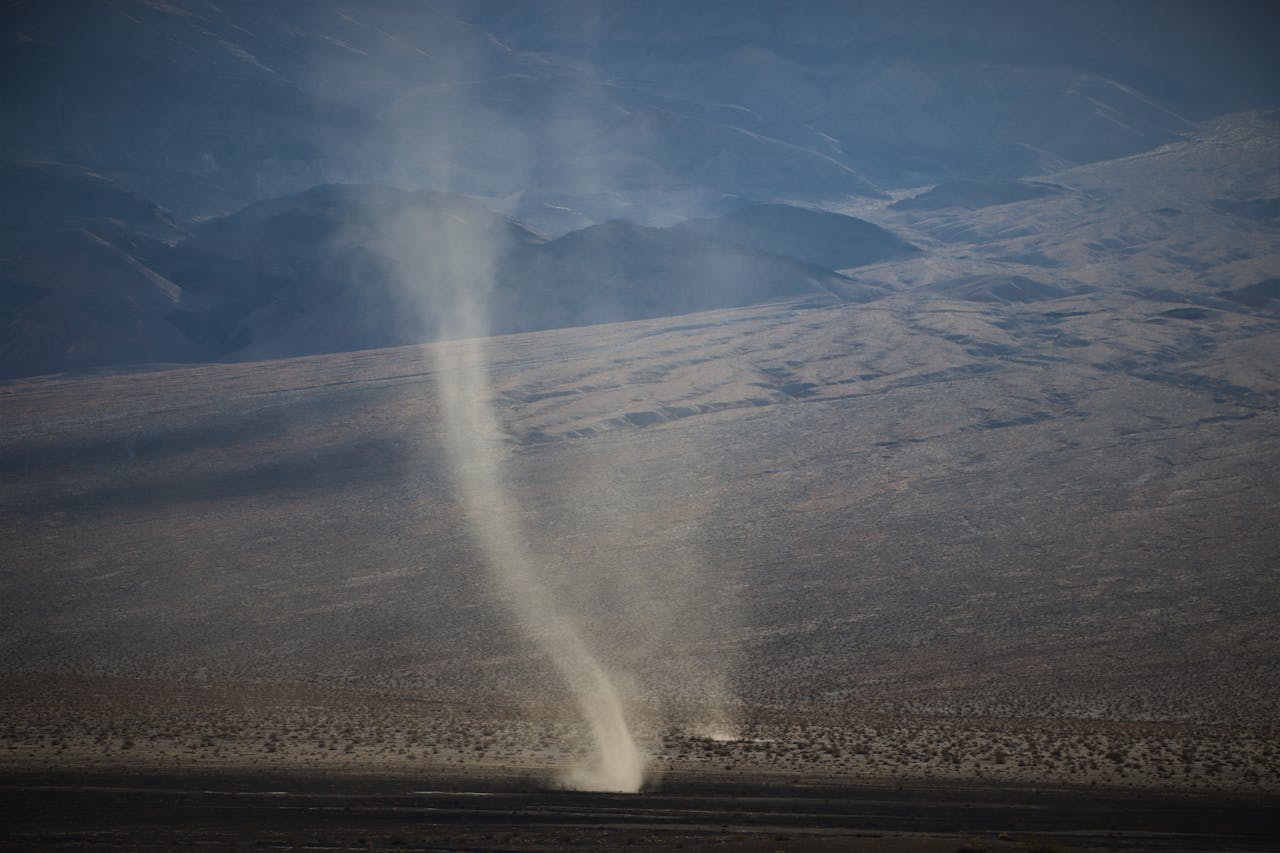
Debunked: There’s a persistent belief that tornadoes are incapable of crossing rivers, hills, or mountains. This myth may provide false comfort to people living near these features, but the truth is tornadoes can—and do—cross all kinds of terrain. While it’s true that tornadoes may lose some intensity when they pass over hilly or uneven landscapes, they are not stopped by rivers or mountains. For example, the infamous Tri-State Tornado of 1925 crossed both rivers and hilly terrain, leaving a wide swath of destruction in its wake.
Takeaway: Don’t assume that natural barriers will protect you from a tornado. Always seek shelter if you’re in the path of a storm, regardless of the landscape around you.
5. Myth: Opening Windows During a Tornado Reduces Damage
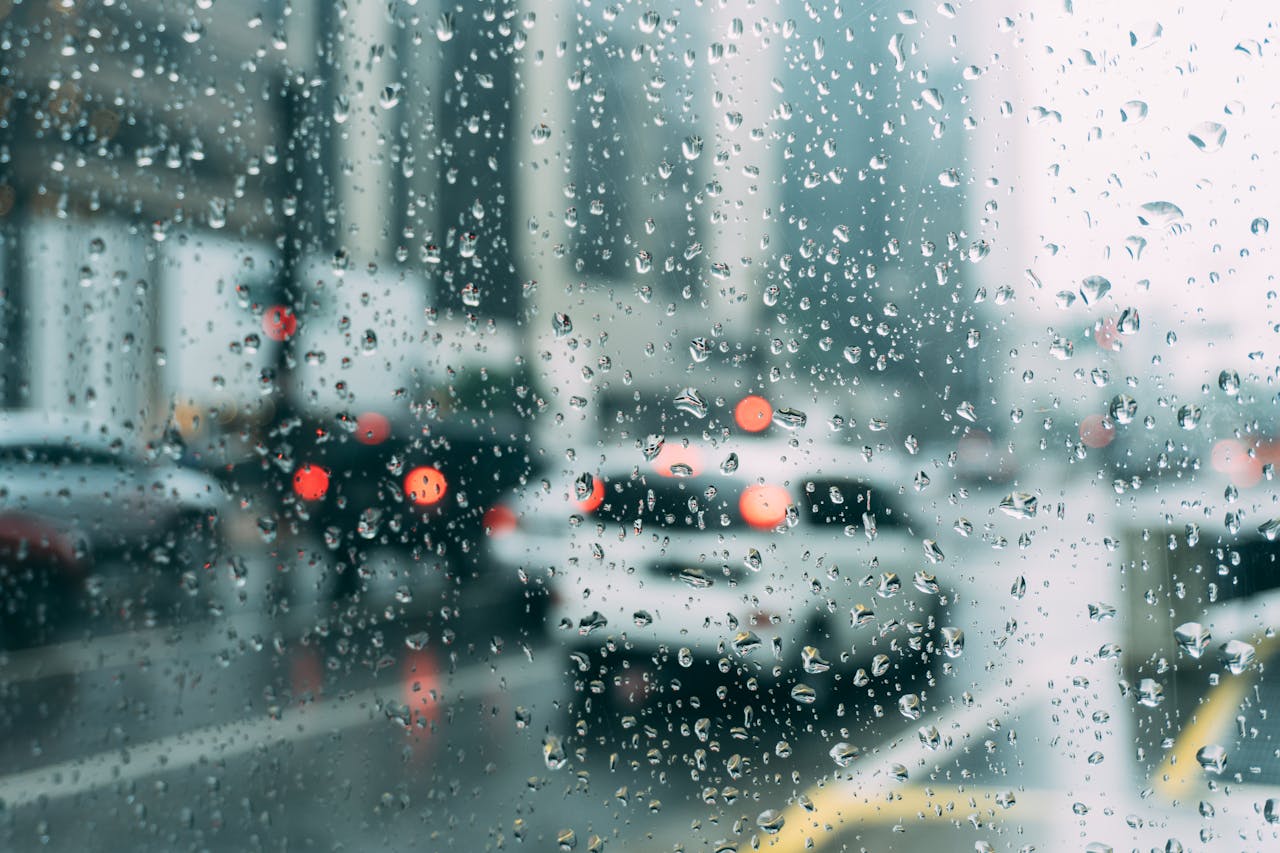
Debunked: This old myth suggests that opening your windows during a tornado helps equalize the pressure inside your home, preventing it from “exploding.” In fact, this is not only ineffective, but dangerous. Tornadoes generate incredibly powerful winds, and opening your windows allows these winds to enter your home, increasing the risk of structural damage. Instead, the safest thing to do during a tornado is to stay away from windows altogether and seek shelter in an interior room on the lowest floor of your home, such as a basement or closet.
Takeaway: Keep your windows closed and focus on protecting yourself and your loved ones by finding the safest spot in your home to wait out the storm.
6. Myth: Hurricanes Only Strike Coastal Areas
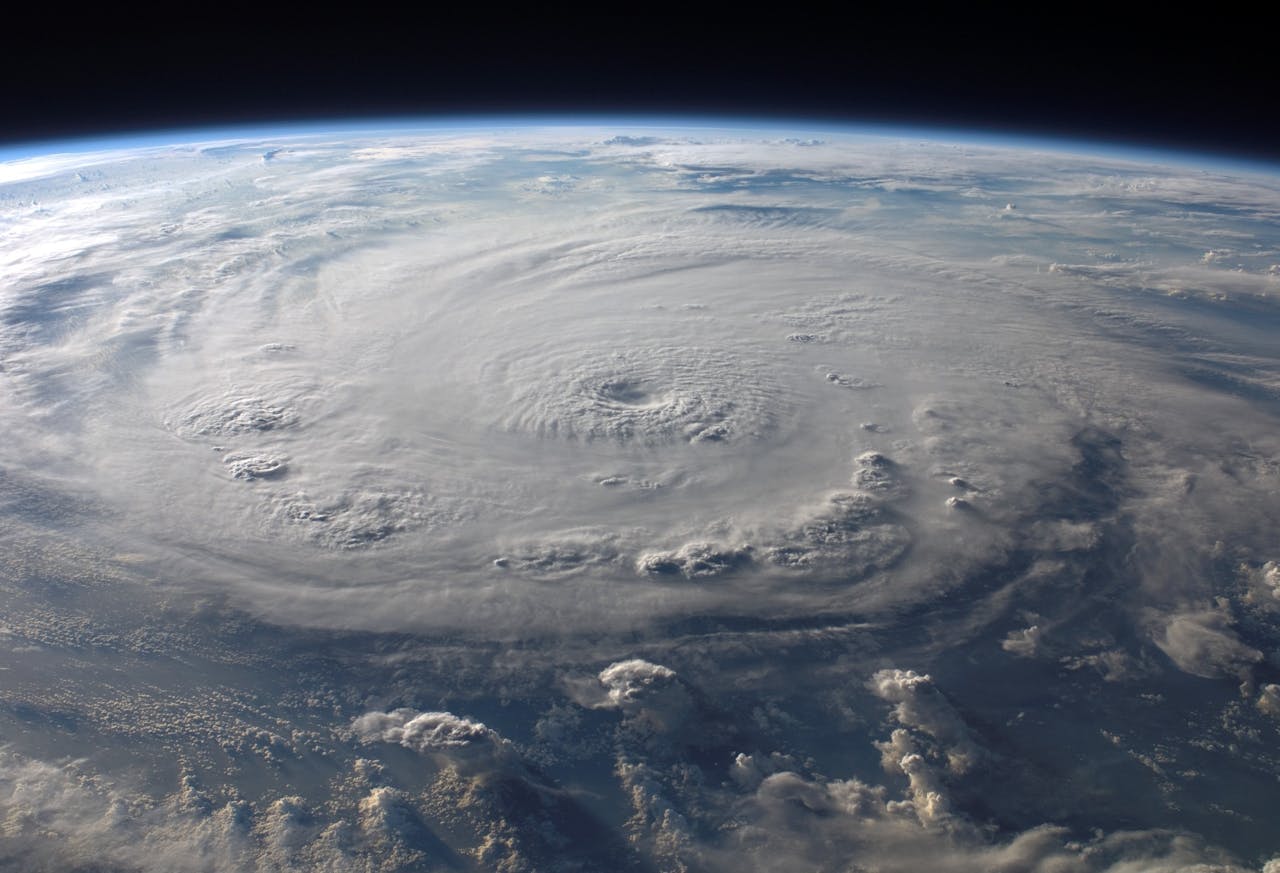
Debunked: While hurricanes are most commonly associated with coastal regions, their impacts can extend far inland. Hurricanes lose strength when they make landfall, but they can still bring heavy rain, strong winds, and flooding to areas hundreds of miles from the coast. In fact, some of the deadliest effects of hurricanes, such as inland flooding, often occur far from where the storm originally made landfall. For example, Hurricane Harvey in 2017 caused catastrophic flooding in Houston, which is located well inland from the Texas coast.
Takeaway: If a hurricane is heading your way—even if you live inland—take precautions and follow evacuation orders. Hurricanes can have serious consequences, even far from the coast.
7. Myth: You’re Safe from Lightning Indoors
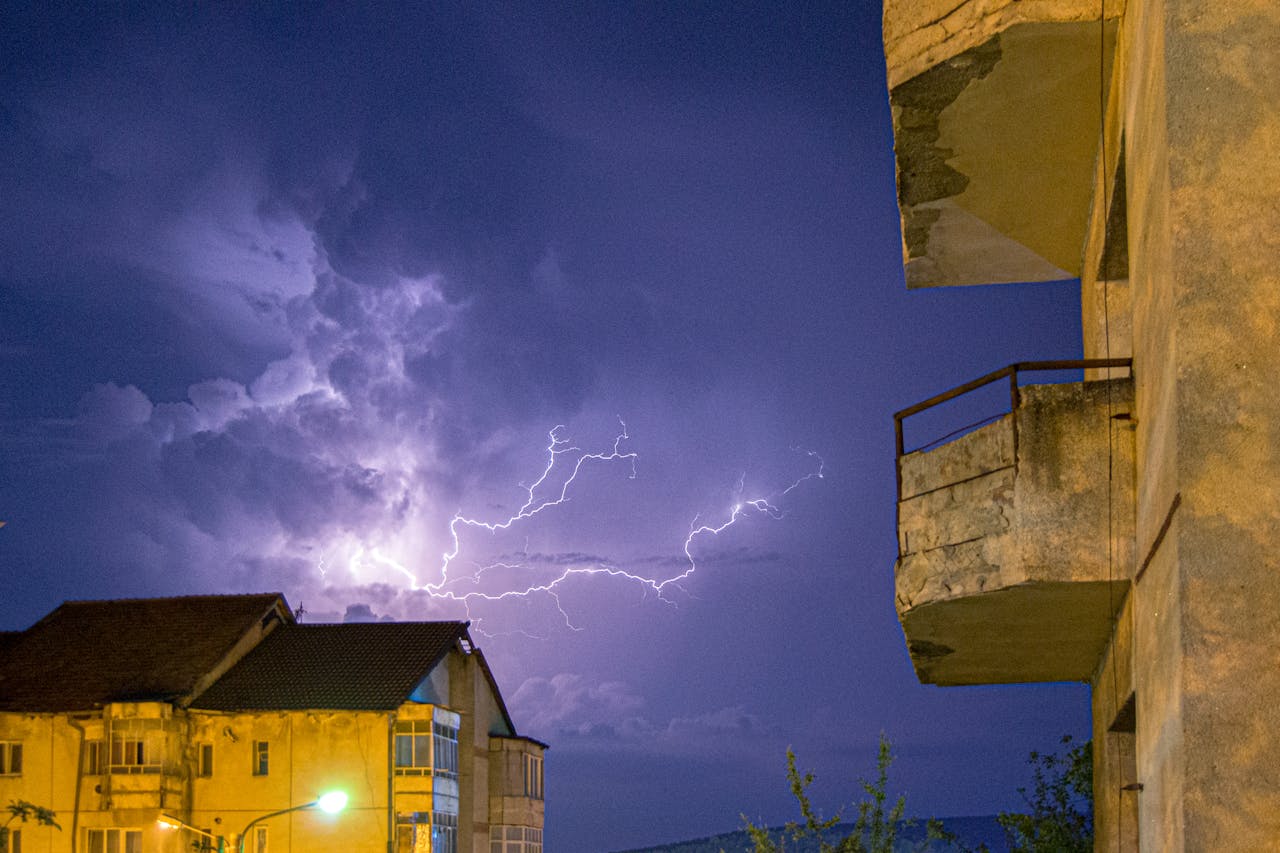
Debunked: It’s true that being indoors during a thunderstorm is much safer than being outside, but that doesn’t mean you’re completely safe. Lightning can still strike your home, and if it does, it can travel through electrical wiring, plumbing, and even metal door frames. This means you can be at risk if you’re using electrical appliances, talking on a landline phone, or even taking a shower during a thunderstorm. The best way to stay safe indoors is to avoid contact with anything that conducts electricity or water until the storm passes.
Takeaway: When lightning strikes, staying indoors is the best course of action, but don’t assume you’re immune to danger. Steer clear of water, electronics, and anything connected to your home’s electrical or plumbing systems during a storm.
Final Thoughts
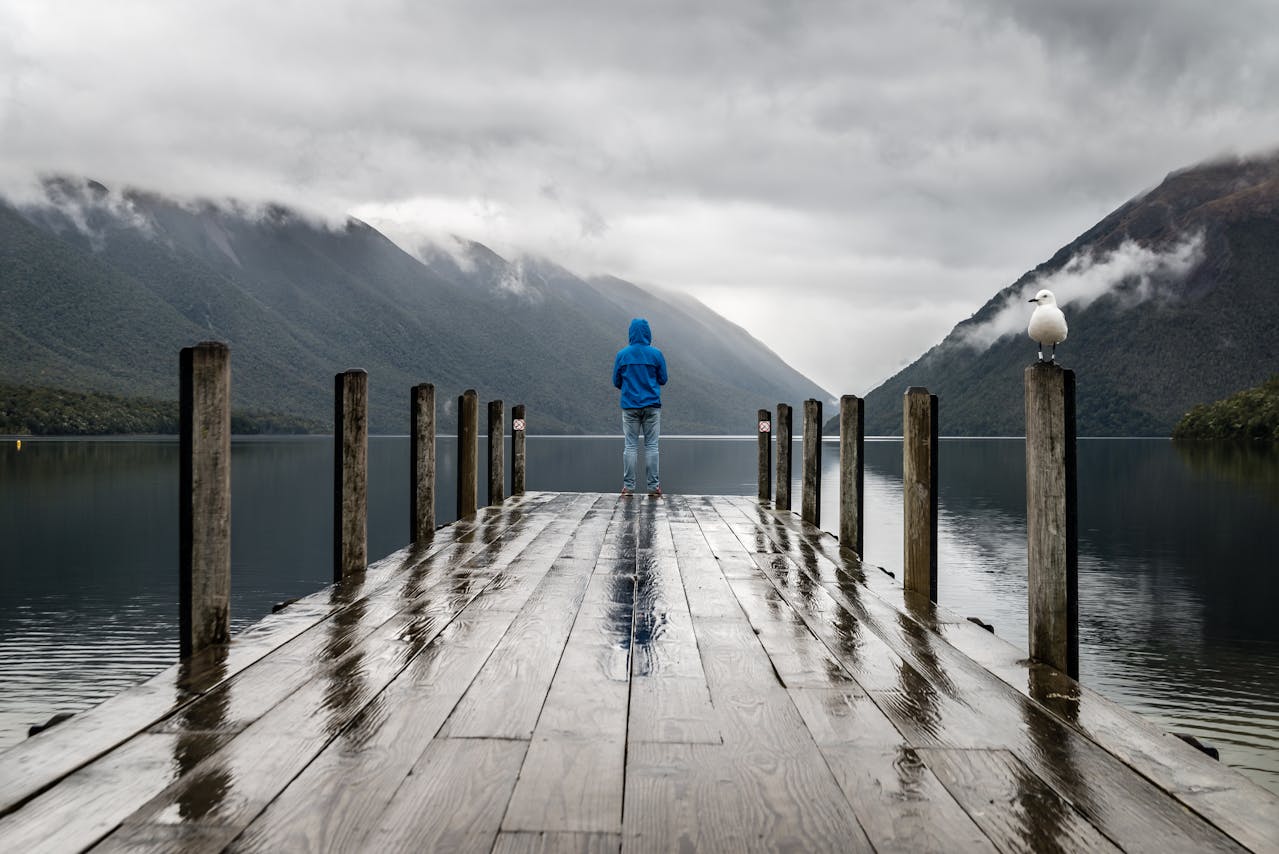
Weather myths have been around for generations, often stemming from old wives’ tales or misunderstandings about natural phenomena. While some of these myths may seem harmless, they can create a false sense of security or lead to risky behaviors. Think of the times you’ve heard someone say, “It’s safe to wash your car when it’s cloudy!” Next time you encounter one of these weather myths, you’ll know the truth—and you can enlighten others! Remember, the weather can be unpredictable, but the science behind it is crystal clear. Staying informed and taking proper precautions is the best way to ensure your safety, no matter what the forecast says. Let’s arm ourselves with knowledge and share the truth about weather together! After all, knowing the facts can make all the difference when nature throws a curveball.
Leave a Reply